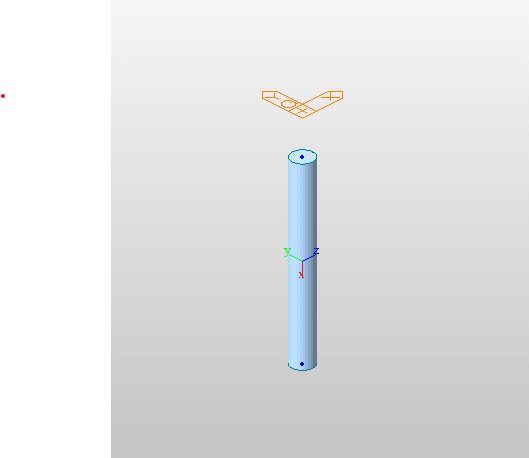Nayan67
Civil/Environmental
- Feb 8, 2023
- 32

I am trying to desing the circular bridge pier. I applied the lateral force using the response spectrum analysis independently in X-axis, and Y-axis.As I wanted to gain confidence with the combination rule, I rotated the angle of attack and recorded the bending moment. When Eqx' was applied, I observed the bending moment in both y- and z-directions. Similar behavior was obtained with the Eqy' load. The problem is related to the combination rule. Should I simply use 100% due to Eqx' loading and 30% due to Eqy' loading, and assess the demand capacity ratio as shown in table? I am asking this because on the later phase of the design, I need to analyze the curve bridge. In that case, the orientation of the bridge pier does not align with the global axis. Also, I feel that regardless of the angle of attack, the demand should not change. However, if we use 100 and 30 combination rule as in the attached figure, we can clearly see that there is change in the demand. If you guys have any idea or suggestion, kindly let me know.
Regards

